
Offbeat attractions you shouldn’t miss on your Bend vacation
April 25, 2024
7 minute readDeep in the heart of Oregon lies a land of otherworldly beauty; the Oregon Badlands Wilderness. This vast expanse of high desert is home to remarkable geology, hiking trails that see few visitors, and a surprisingly diverse community of wildlife.
The Oregon Badlands Wilderness is located just 16 miles east of Bend along Highway 20. Don’t let its dry, vast landscape or harsh-sounding name fool you. This region is teeming with fantastic opportunities to explore the Central Oregon desert landscape. The area is characterized by rugged terrain, including craggy hillsides dotted with sagebrush and juniper, dry river canyons, and fortress-like basalt features.
Within this stunning wilderness, you’ll find all kinds of outdoor activities like hiking, stargazing, wildlife viewing, and even something that’s in high demand these days, enjoying a bit of solitude in nature.
So grab your hiking shoes, binoculars, and the spirit of adventure, and let’s go explore!
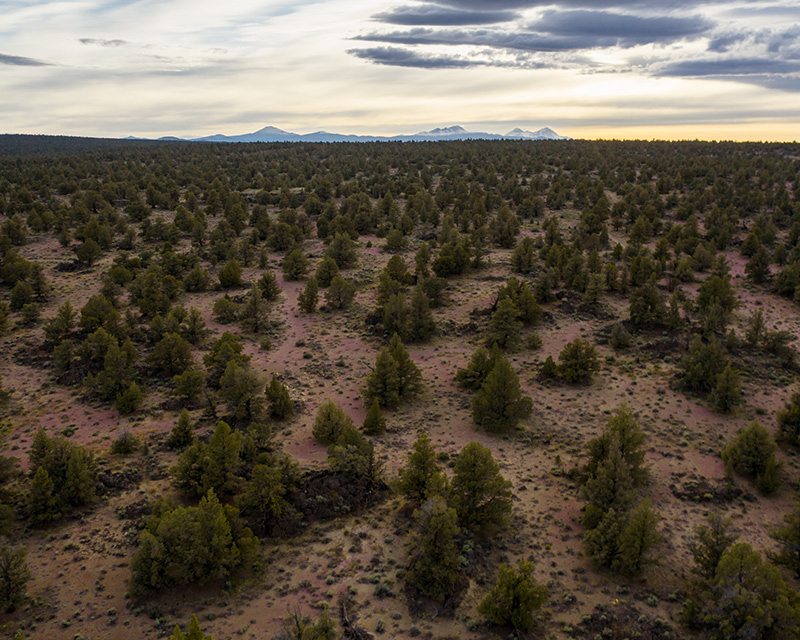
It all starts with a unique geological journey. About 80,000 years ago, there was an eruption from the Newberry Volcano. As lava flowed through a lava tube, a hole developed in the roof of the tube. This hole became the source of lava that built a shield volcano (a wide, stubby-like dome that forms as lava slowly oozes out and hardens) that we now call the Badlands Volcano.
Another event that shaped the landscape was the eruption of Mout Mazama around 7,700 years ago which left hefty sand and ash deposits. Over time, erosion has left the distinctive landscape we see today–low-rising hills, deep canyons, and fascinating basalt structures.
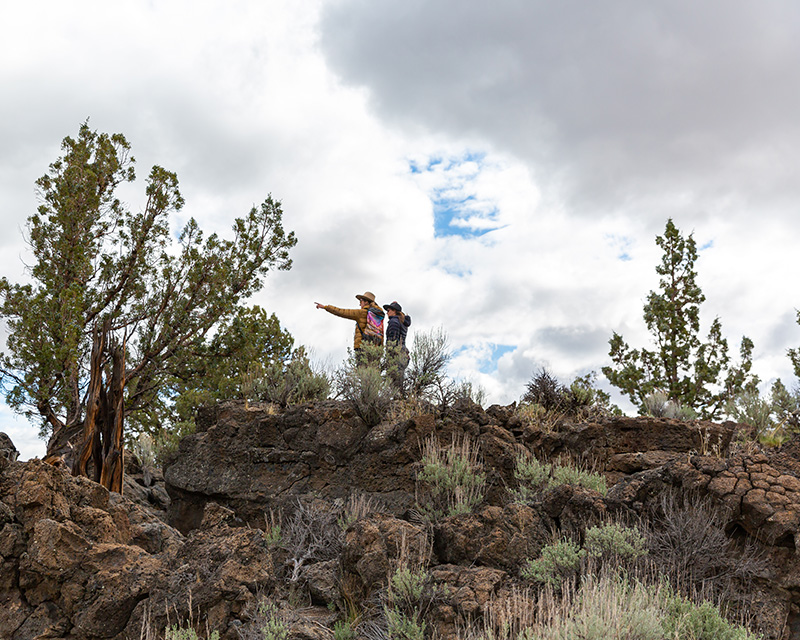
With almost 50 miles of trails just 16 miles from Bend, you’ll have plenty of opportunity to explore this wide-open high desert landscape. Trails are easy to moderate, with options that take 30 minutes to a few hours and make for a fantastic family-friendly activity. Dogs are welcome and may be off-leash 500 feet from the trailhead.
Here are a few favorite trails for hiking and trail running in the Oregon Badlands Wilderness.
Flat Iron Rock trail is easy to moderate with a 6.5-mile lollipop loop option or enjoy a shorter 3.1-mile route. The flat sandy hike winds through rugged basalt rock outcroppings and old-growth juniper forests and leads to the most notable formation, Flatiron Rock. From the top of Flatiron Rock, take in the panoramic views of the Cascade Mountains to the west and the sweeping high desert to the east.
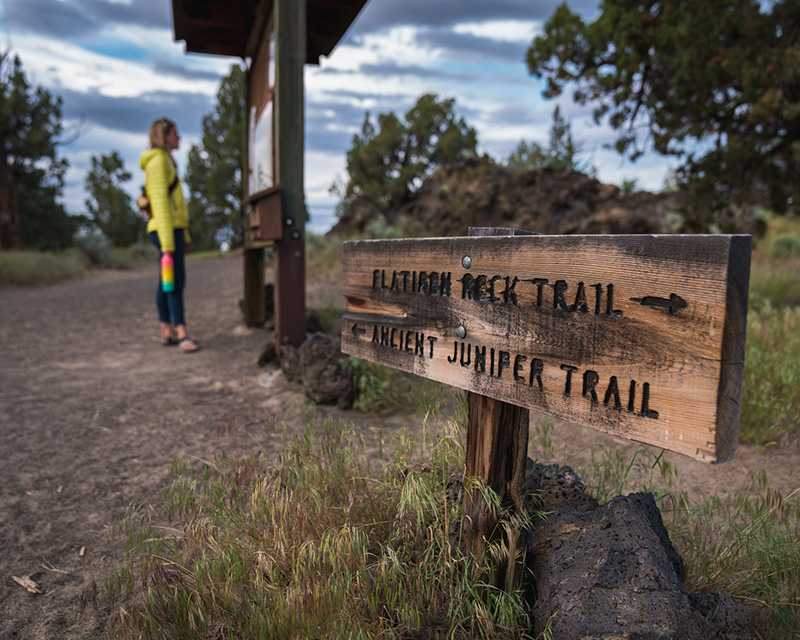
The Ancient Juniper Trail is a 3.1-mile loop trail that takes roughly an hour. The trail winds through sagebrush, rabbitbrush, and bitterbrush. And not surprisingly, you’ll see plenty of twisted ancient juniper trees, some are over 1,000 years old! It’s also a popular area for birding, hiking, and running.
The Tumulus trail is a moderate 6.6-mile loop that connects with the Black Lava trail and takes about 2.5 hours total. The trail winds through lava fields, cinder cones, and juniper forests. Hikers can see evidence of volcanic activity throughout the hike, including lava tubes, tumuli (pressure ridges), and cinder cones. It’s a popular loop for hikers, horseback riders, and runners.
The Larry Chitwood Trail (recently improved with a grant from the Bend Sustainability Fund), is a very mellow hike that winds through ancient junipers for about 7 miles. While there are not many views from this trail, there are abundant flowers in the spring that make for a pleasant amble in the high desert.
Dry River Canyon technically lies just outside the Badlands border, but is still worth mentioning. The 4.6-mile out and back trail winds through a narrow canyon bordered by steep basalt cliffs and old-growth juniper trees. The rocks along the trail were once part of an ancient riverbed, which once drained the ancient Lake Millican. The rounded boulders that you see along the trail were shaped by the force of the river. Due to nesting peregrine falcons, the trail is closed from February 1st through August 31st.
The Oregon Badlands Wilderness is a stargazer’s paradise. Far from the light pollution of surrounding towns, the area offers pristine views of the night sky. On a clear night, you can see the Milky Way, constellations, and even planets. There are several places in the wilderness for stargazing. One popular spot is Reynolds Pond. The still waters of the pond reflect the stars, creating a magical sight. Another good spot is the Tumulus Trail. The trail winds through lava fields and juniper forests, providing a stunning backdrop for stargazing. So bundle up, grab a blanket, and enjoy the show!
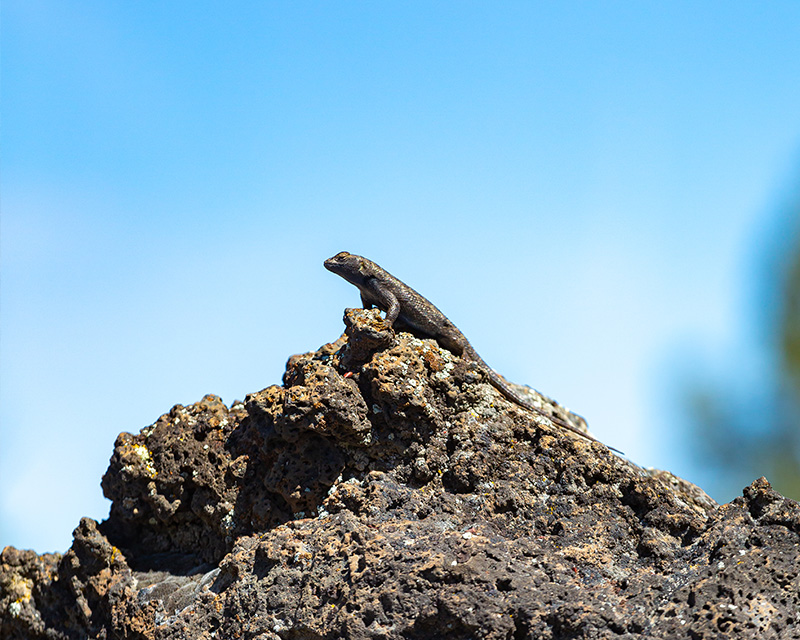
There’s a good chance that if you keep your eyes and ears open, you’ll spot something soaring, crawling, grazing, hopping, or maybe even slithering. A variety of mammals, including yellow-bellied marmot, mountain cottontail, mule deer, elk, and antelope, inhabit the area. The Oregon Badlands Wilderness is also home to dozens of species of birds, including many raptors, songbirds, and waterfowl. Common birds include falcons, golden eagles, great horned owls, western meadowlarks, and northern flickers. Then there’s the scaly variety. Reptiles like the western fence-lizard, striped whipsnake, and even western rattlesnakes line in the region. So take precautions, like staying on the trails, be aware of your surroundings, and if you do encounter a rattlesnake, slowly back away and give it plenty of space.
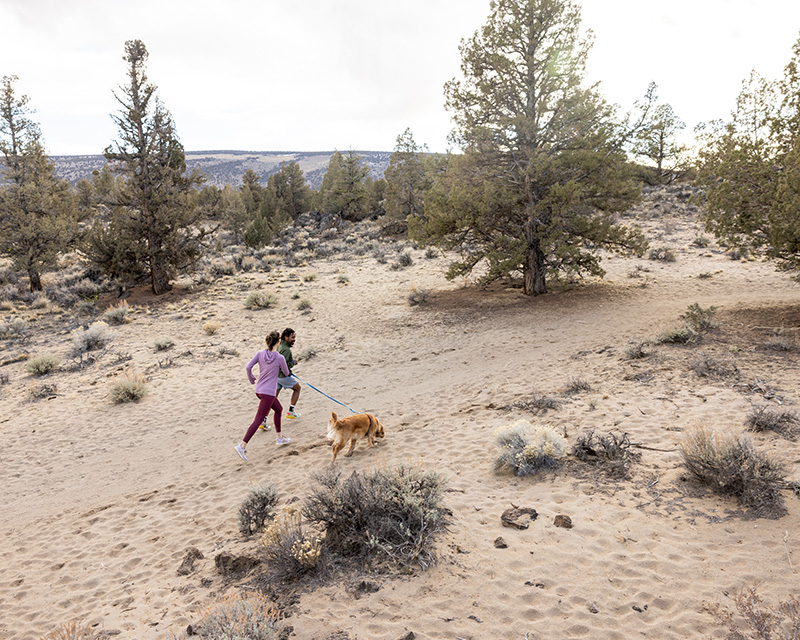
October through May is an ideal time for the Oregon Badlands. Spring brings vibrant wildflowers and comfortable temps, and in the fall, enjoy splashes of warm hues and crisp days. If you do visit in the summer months, hike early and take plenty of water because it gets hot and dusty. This area makes for a great escape from the winter snow, where you can still get some exercise, take a hike, and fill your lungs with fresh outdoor air. While there may be some light snow, trails remain traversable. And it’s an excellent spot to take your dog on a winter run!
The Oregon Badlands Wilderness is a designated wilderness area and is currently managed by the Bureau of Land Management (BLM). To help maintain and protect this beautiful natural environment, let’s all practice the Leave No Trace principles. Part of this includes staying on designated trails to protect the incredibly delicate soil. The fragile, sandy, and light-colored soil with its crucial upper layer known as the “pedosphere” supports plant growth by providing nutrients and soil stability. However, damage to the pedosphere (from foot traffic) can hinder plant growth and increase erosion.

April 25, 2024
7 minute read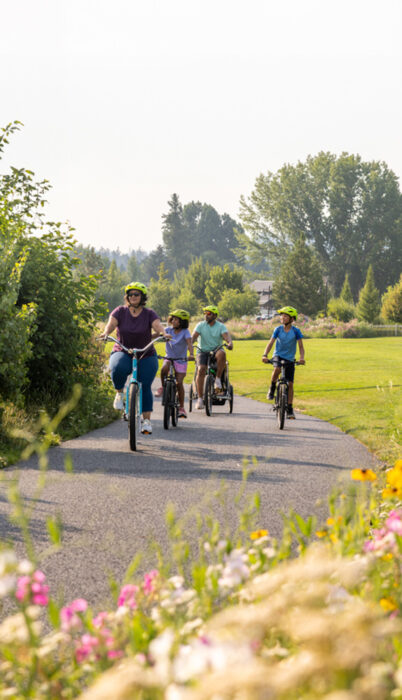
April 17, 2024
6 minute read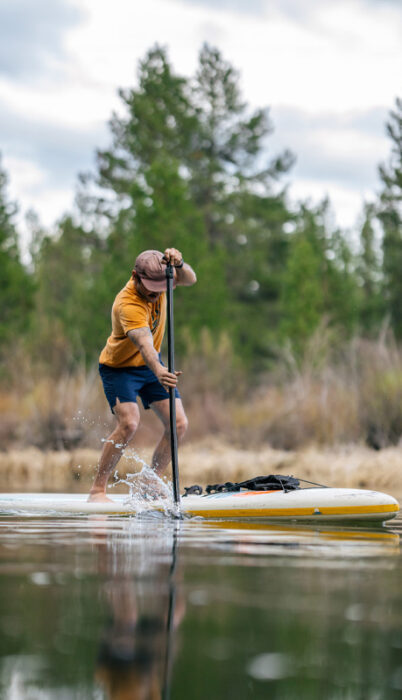
April 10, 2024
7 minute read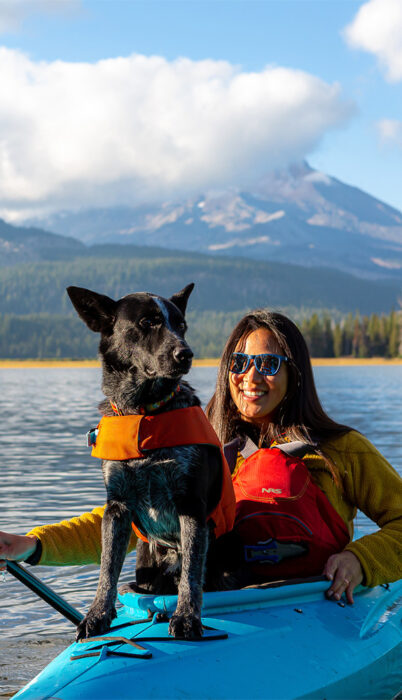
March 28, 2024
7 minute read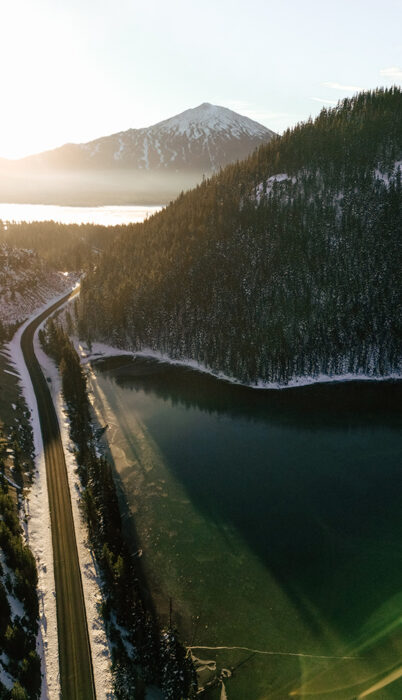
March 26, 2024
9 minute read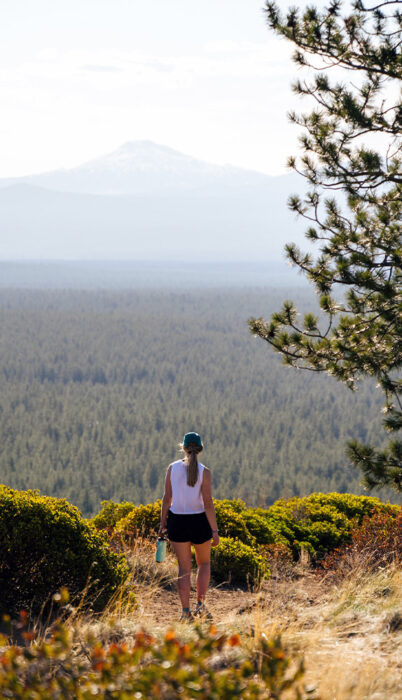
March 25, 2024
9 minute read